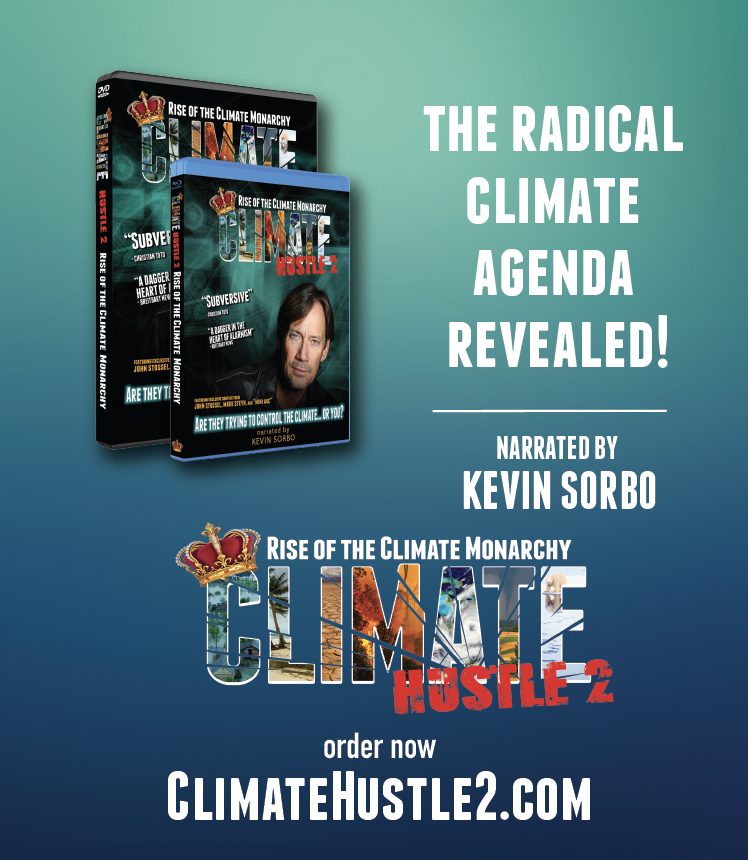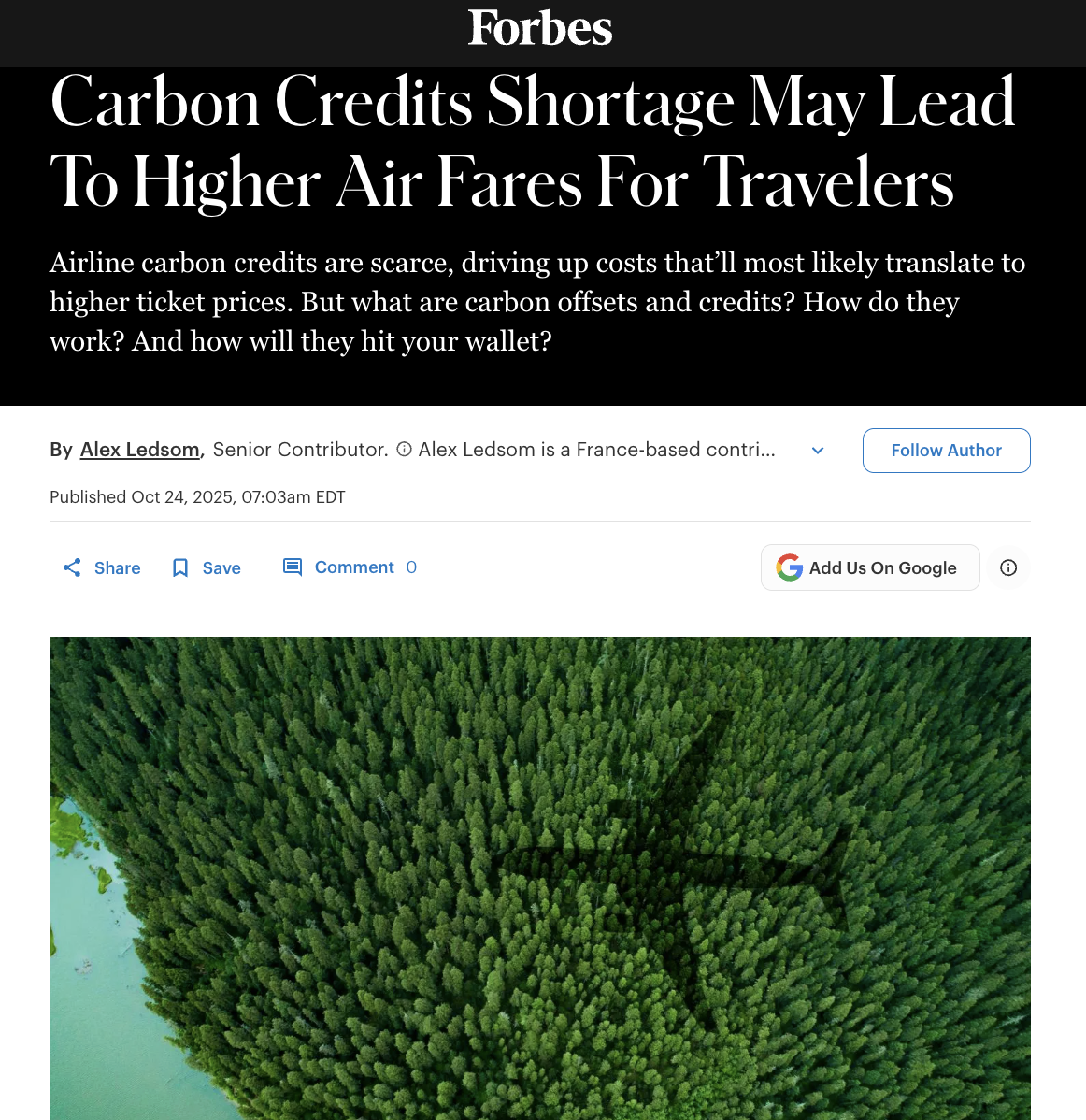By Javier Blas
Excerpt:
For the last few years, climate and energy policymakers have convinced themselves the world was inexorably moving away from fossil fuels.
That was replaced by a “Stated Policies Scenario” (STEPS), which not only considered current policies but also “policy proposals, even if the specific measures needed to put these proposals into effect have yet to be fully developed”. In short, it mixed policy with political promises. It later introduced another scenario, called “Announced Pledges Scenario” (APS), which assumed that all the energy and climate policies, plus political aspirations, were met in full and on time.
Breaking news: it is not.
The consensus was that consumption of oil, natural gas and coal would peak before the end of this decade. There was debate about the speed of the subsequent decline, but the conclusion was the same: the end of the fossil-fuel era was within reach. But that tenet, key to achieving the ambition of net zero by 2050, wasn’t as cast in stone as its backers thought.
The annual report being prepared by International Energy Agency, which represents the views of the world’s richest nations, shows the alternative – decades more of robust fossil fuel use, with oil and gas demand growing over the next 25 years – isn’t just possible but probable. That means more carbon dioxide emissions that exacerbate the climate crisis.
It would be easy to blame the pro-fossil fuel Trump administration for the shift, but that would be a mistake: it precedes its arrival.
The idea that a peak in fossil fuel demand was approaching got significant traction in large part thanks to the IEA, whose annual World Energy Outlook tries to imagine the future via a series of scenarios. While the exercise is quite useful, it doesn’t come remotely close to making forecasts.
They are based on assumptions about economic development, population growth, political will, technological developments and prices. While not a crystal ball, the scenarios do offer important insights.
The IEA long published a main scenario based around the policies of the day – called, unsurprisingly, “Current Policy Scenario” (CPS). The model had significant shortcomings: historically, it undercounted solar and wind power. Thus, in 2020, the IEA discontinued it, in part due to pressure from European nations and green campaigners.
That was replaced by a “Stated Policies Scenario” (STEPS), which not only considered current policies but also “policy proposals, even if the specific measures needed to put these proposals into effect have yet to be fully developed”. In short, it mixed policy with political promises. It later introduced another scenario, called “Announced Pledges Scenario” (APS), which assumed that all the energy and climate policies, plus political aspirations, were met in full and on time.
The two new scenarios shifted massively the path for fossil-fuel demand – and carbon dioxide emissions – predicting peak consumption by 2029, and then a decline, slower under the STEPS scenario and faster under the APS model. The decline was so meaningful under the latter that it gave credence to the idea that trillions of dollars worth of fossil fuel reserves would be left stranded.The two new scenarios shifted massively the path for fossil-fuel demand – and carbon dioxide emissions – predicting peak consumption by 2029, and then a decline, slower under the STEPS scenario and faster under the APS model. The decline was so meaningful under the latter that it gave credence to the idea that trillions of dollars worth of fossil fuel reserves would be left stranded.


